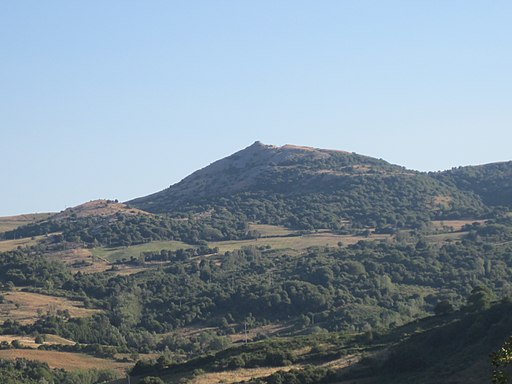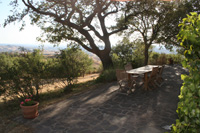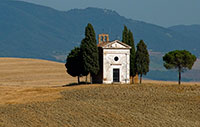Circular itinerary between Arcidosso, Parco Faunistico and Riserva naturale del Monte Labbro
|
Itineraries between Arcidosso, Riserva naturale del Monte Labbro and Santa Fiora
|
The well organised tourist reception structures of Monte Amiata make this a popular destination all year round and a perfect base from which to explore the marvels of Tuscany. From a naturalistic point of view, this region offers ever changing scenery and colours, from snow in the winter to fresh temperatures in the summer. |
The Parco Faunistico in Arcidosso Mount Amiata Faunal Park is part of Mount Labbro Nature Reserve. It spreads over some 200 hectares and is dedicated to the study, protection and safeguard of a number of animal species semi-wildly living within large areas. It’s currently a landmark for investigations on environmental issues and also hosts many cultural events on various topics, from botany to contemporary arts. The park fauna includes Apennine wolfs (which can be spotted from the loggias along the footpaths provided), saltire mousy donkeys, Egyptian vultures, wild boars and ungulates such as fallow and roe-deers, chamois and mouflons. A large number of footpaths and natural tracks are provided for didactic and educational itineraries. Expert environmental guides are also available to accompany visitors within the park.
Mount Labbro Nature Reserve
The Pigelleto Nature Reserve The Pigelleto Nature Reserve extends over a territory of 862 hectars between Siena and Grosseto. It is located in Piancastagnaio, a small town South-East from Monte Amiata in Tuscany.
|
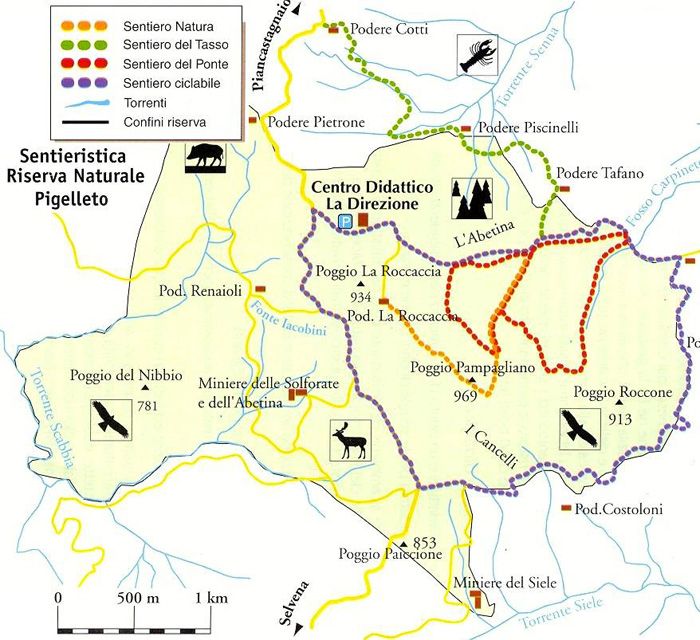 |
The Sentiero Natura (the Nature Trial) begins at Podere La Roccaccia and ends at the Environmental Education Centre 'La Direzione' for a 2.5 km long walk inside the Reserve. Along the way you will find many information sighs about the animals and palnts. At times it coincides with the trial n° 16 that connects Saragolo with the Siele Mines.
|
| Hiking on Mount Amiata and Monte Labbro
|
Map Hiking on Mount Amiata
|
Hiking on Mount Amiata, the best itineraries
|
||||
|
||||
Monte Labbro
|
||||
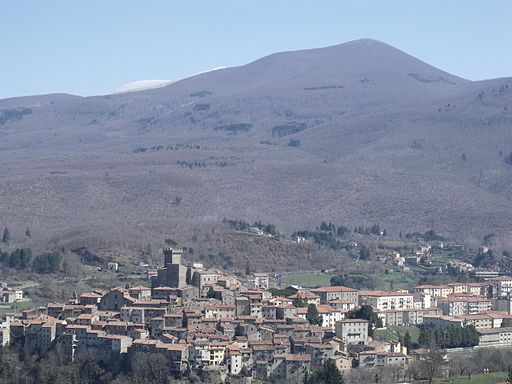 |
 |
|||
| Arcidosso, panorama | Rocca aldobrandesca di Arcidosso | Merigar West |
||
Alle pendici ddella Riserva Naturale del Monte Labbro è situata la comunità tibetana Merigar West, Gar europeo raggiungibile a piedi.
|
||||
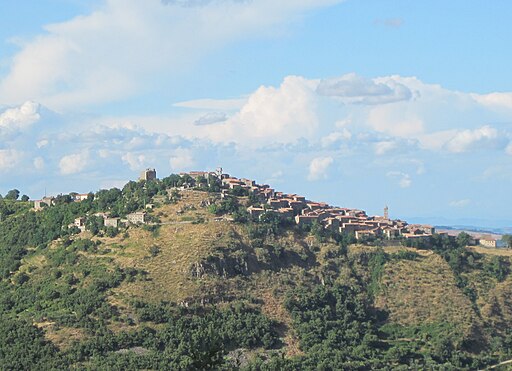 |
 |
 |
||
Montelaterone
|
Targa sulla casa di Lazzaretti ad Arcidosso
|
Davide Lazzaretti | ||
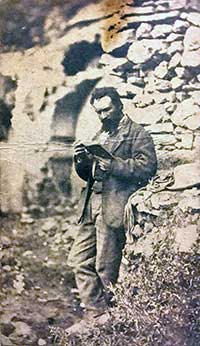 |
||||
|
Davide Lazzaretti on the top of Monte Labbro
|
|||
 |
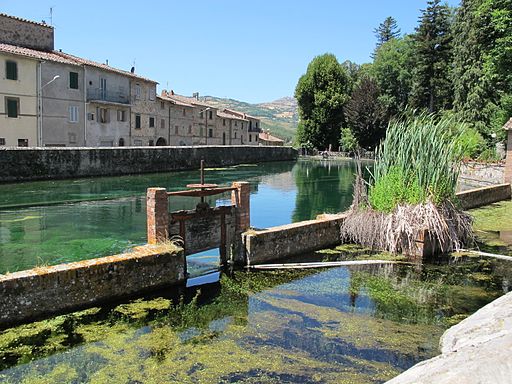 |
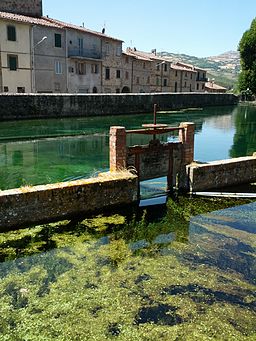 |
||
Santa Fiora
|
La Peschiera di Santa Fiora
|
Santa Fiora, Peschiera
|
||
|
||||
Podere Santa Pia |
Podere Santa Pia |
Madonna di Vitaleta Chapel, San Quirico d'Orcia |
||
Trekking in Tuscany | Monte Labbro
|
||||
The Italian Chestnut Tree - Castanea sativa [By Jonathan Radford | www.livinginitaly.com/italian_chestnut_tree.htm] |
||||

